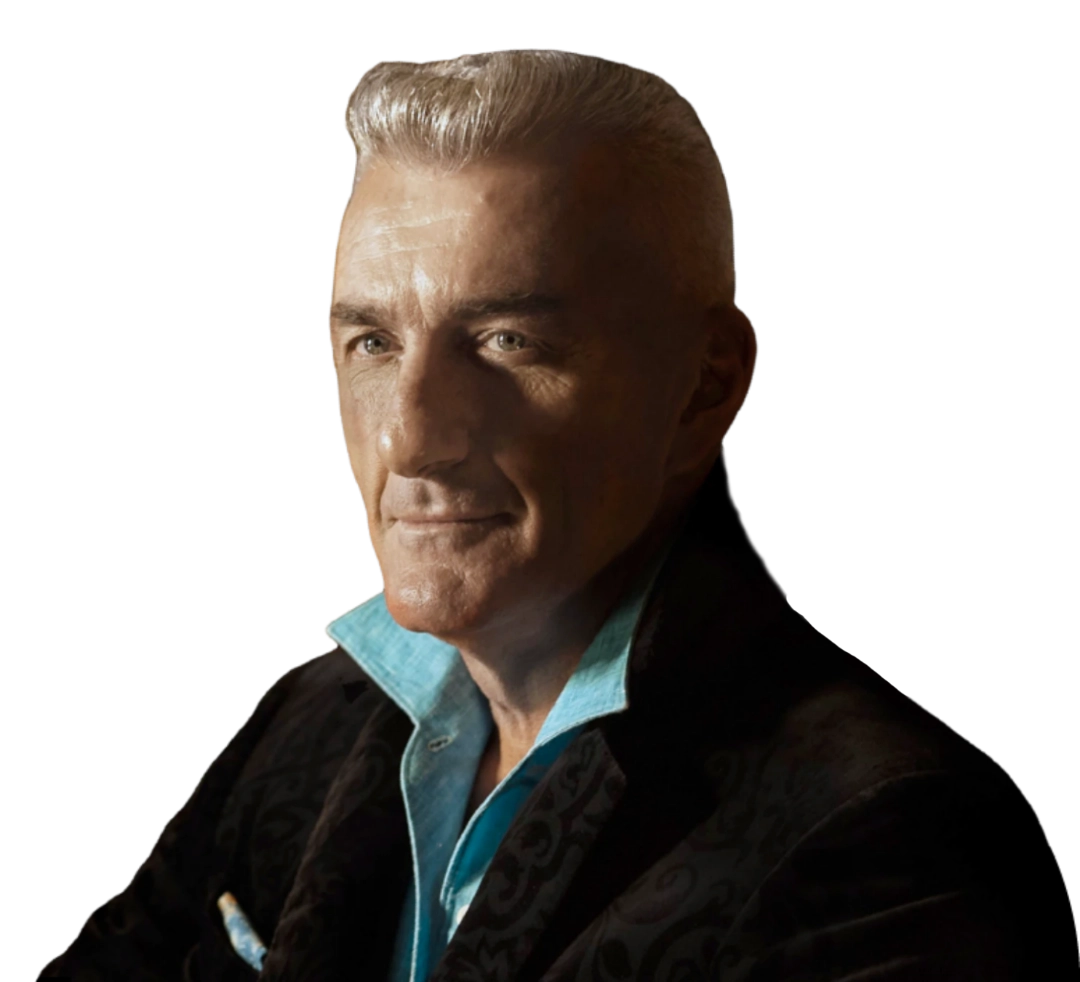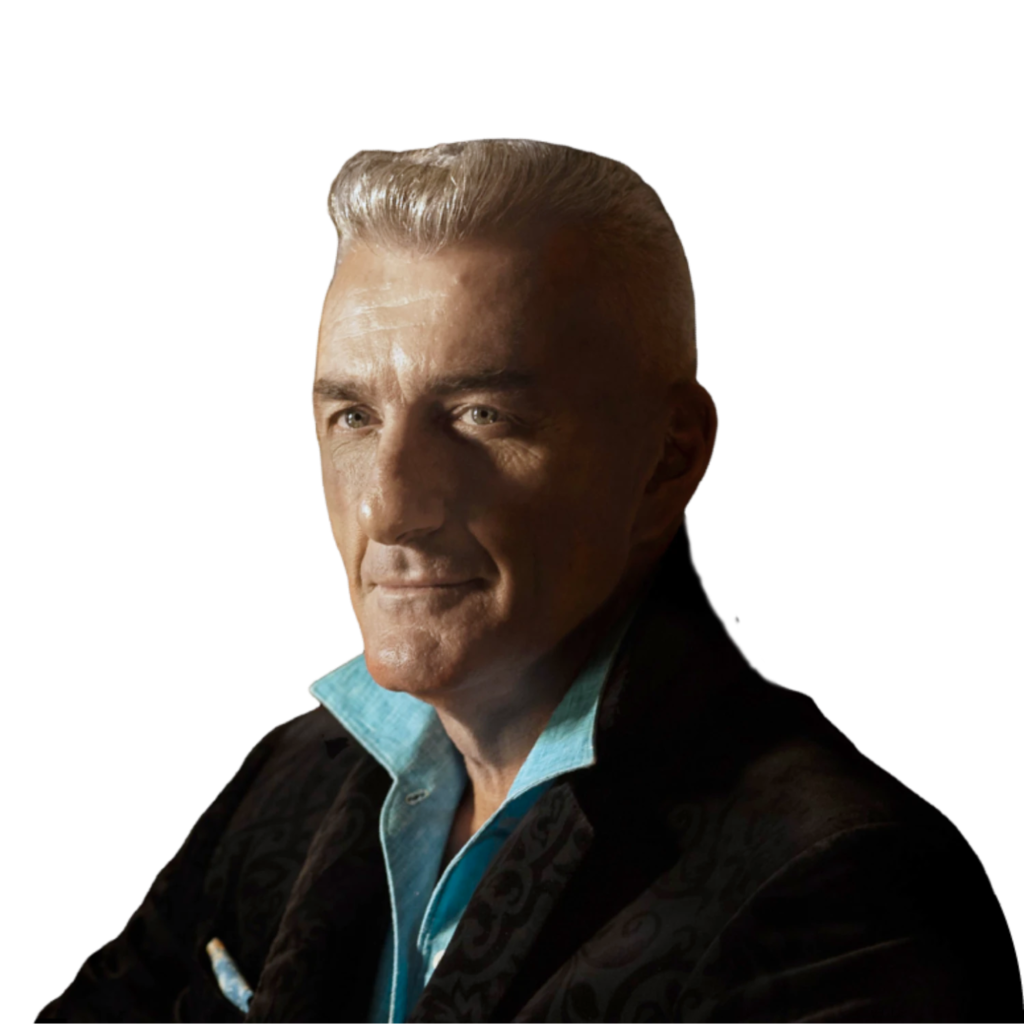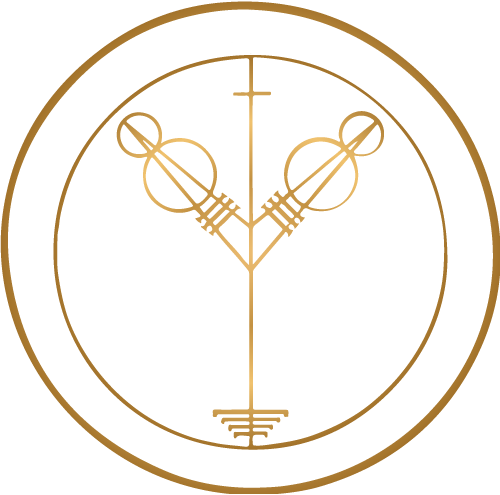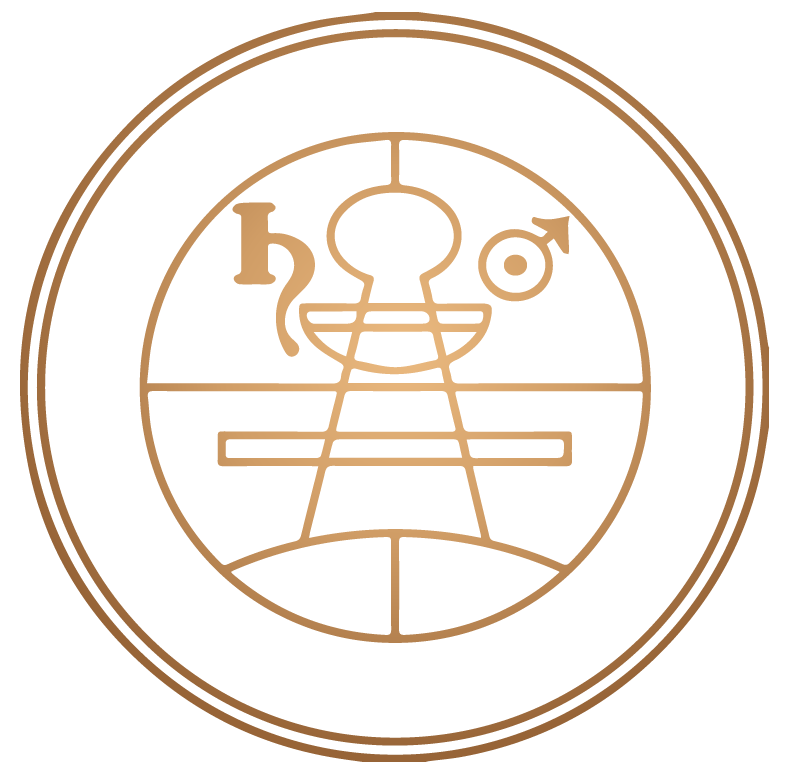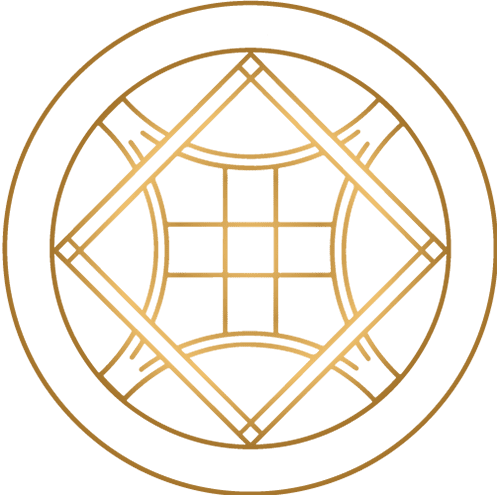Witch Doctors have fascinated societies worldwide for centuries. Their roles as spiritual healers, protectors, and spiritual guides have significantly impacted various cultures. This comprehensive guide delves into witch doctors’ history, practices, and cultural significance, exploring different types of witchcraft and modern practices. It also includes the intriguing story of Samuel Zohar Yanai, a modern-day witch doctor expert in Black magic removal, spell removal, and Kabbalistic healing.
Chapter 1: Historical Background of Witch Doctors
Origin of the Term “Witch Doctor”
The term “witch doctor” originally referred to healers who treated ailments believed to be caused by witchcraft. Unlike witches, who were often associated with casting spells and causing harm, witch doctors were seen as protectors who could counteract the effects of witchcraft. The earliest recorded use of the term dates back to 1718, in Francis Hutchinson’s work “An Historical Essay Concerning Witchcraft.” Hutchinson described a case where a “witch doctor” was consulted to dissolve a spell cast by a suspected witch.
Early European References to Witch Doctors
In Europe, witch doctors were known by various names, including cunning men and wise women. They were believed to possess the knowledge and power to protect people from witchcraft and heal those afflicted. Charles Mackay’s 1841 book “Extraordinary Popular Delusions and the Madness of Crowds” provides a detailed account of the belief in witch doctors in England, highlighting their role in society and the types of cases they handled.
Notable Figures and Practices
One of England’s most famous witch doctors was James Murrell, known as “The Wizard of the North.” Murrell was renowned for his ability to counteract spells and heal those afflicted by witchcraft. Historical accounts describe how people would travel great distances to seek his help, often gathering in large crowds to witness his “supernatural” abilities. Although a modern practitioner, Samuel Zohar Yanai draws inspiration from such historical figures, combining traditional knowledge with contemporary practices to help those in need.
Witchcraft is mentioned in the Bible.
The Bible contains several passages that mention witchcraft, sorcery, and divination. These references are often negative, warning against the practice and associating it with evil.
Key Biblical References of witch doctors in the bible
● Exodus 22:18: “Thou shalt not suffer a witch to live.” This verse has been used to justify the persecution of witches throughout history.
● Leviticus 19:26: “Ye shall not eat anything with the blood: neither shall ye use enchantment, nor observe times.”
● Deuteronomy 18:10-12: “There shall not be found among you anyone that maketh his son or his daughter to pass through the fire, or that useth divination, or an observer of times, or an enchanter, or a witch, or a charmer, or a consulter with familiar spirits, or a wizard, or a necromancer. For all that do these things are an abomination unto the Lord.”
Christianity and Witchcraft
Throughout history, Christianity has often viewed witchcraft as a threat to its religious and social order. The church played a significant role in the witch hunts of the early modern period, which resulted in the persecution and execution of thousands of people accused of witchcraft.
Witch Hunts and witch doctors’ Persecution
The witch hunts were driven by a combination of religious zeal, social tensions, and fear of the unknown. Accusations of witchcraft were often based on flimsy evidence, and many innocent people were tortured and executed. The infamous Malleus Maleficarum, a treatise on witchcraft published in 1487, played a significant role in shaping the church’s approach to dealing with suspected witches.
Modern Christian Perspectives
Today, many Christian denominations take a more nuanced view of witchcraft, recognizing the historical injustices committed in its name. Some Christian communities actively engage in dialogue with modern witches, seeking to understand and respect their beliefs and practices.
Chapter 2: Witch Doctors in Africa
In Southern Africa, traditional healers, known as sangomas, play a crucial role in their communities. These healers use a combination of herbal medicines, spiritual rituals, and divination to treat various ailments. The role of sangomas is deeply rooted in African culture, where they are seen as mediators between the physical and spiritual worlds.
Sangomas Witch Doctors and Their Practices
Sangomas are revered for their ability to diagnose and treat illnesses using a holistic approach incorporating physical and spiritual elements. They often undergo extensive training, which includes learning about medicinal plants, spiritual rituals, and divination techniques.
Herbal Medicines used by a sangomas witch doctor
Sangomas use various plants and herbs to create remedies for different ailments. These herbal medicines are often prepared as teas, poultices, or infusions. The knowledge of these plants and their properties is passed down through generations, ensuring the preservation of traditional healing practices.
Spiritual Rituals
Spiritual rituals are a fundamental aspect of a sangoma’s practice. These rituals may involve drumming, dancing, and chanting to invoke the spirits and seek guidance. Sangomas act as intermediaries between the physical and spiritual realms, helping clients connect with their ancestors and receive spiritual healing.
Modern Challenges and Controversies
Despite their revered status, some traditional practices have led to significant controversies. For instance, in 2015, the BBC reported that over 200 witch doctors were arrested in Tanzania as part of a crackdown on the murder of albino people. This was driven by the belief that albino body parts possess magical properties that can bring wealth and good luck. Such incidents highlight the darker aspects of traditional beliefs and modern societies’ challenges in addressing these issues.
Albino Murders in Tanzania as part of witchcraft
The belief that albino body parts possess magical properties has led to a tragic and violent practice in some parts of Africa. Albino people are targeted, attacked, and killed for their body parts, which are believed to bring wealth and good luck. This has resulted in a significant human rights issue, with governments and organizations working to protect albino individuals and combat these harmful beliefs.
Chapter 3: Witch Doctors in Nepal and Northeastern India
In Nepal and Northeastern India, shamans known as jhākri perform similar roles to those of sangomas. These healers combine elements of Hinduism, Tibetan Buddhism, and indigenous practices to diagnose and cure diseases, perform rituals, and protect against evil spirits.
Jhākri Practices and Beliefs
Jhākri shamanism is practiced among various ethnic groups, including the Limbu, Rai, Sunwar, Sherpa, Kami, Tamang, Gurung, Magars, Lepcha, and Khas. These healers are often called upon to perform rituals during weddings, funerals, and harvests. They diagnose and cure diseases using a combination of herbal remedies, spiritual rituals, and divination. The fear of spirit possession is prevalent in these cultures, making the role of the jhākri crucial in maintaining spiritual balance.
Herbal Remedies by jhākri witch doctors
Like sangomas, jhākri healers use various plants and herbs to create remedies for different ailments. These herbal medicines are prepared in various forms, including teas, poultices, and infusions. The knowledge of these plants and their properties is passed down through generations, ensuring the preservation of traditional healing practices.
Spiritual Rituals
Jhākri healers perform rituals to connect with the spiritual realm and seek guidance from the spirits. These rituals may involve drumming, dancing, chanting, and using sacred objects. The jhākri acts as a mediator between the physical and spiritual realms, helping their clients to receive spiritual healing and protection.
Influence of Hinduism and Tibetan Buddhism
Jhākri shamanism is influenced by the religious traditions of Hinduism and Tibetan Buddhism. These influences are evident in the rituals, symbols, and practices of jhākri healers. For example, many jhākri rituals use Buddhist mantras and Hindu symbols, reflecting the syncretic nature of their practices.
Mantras and Chants
Mantras and chants are an essential part of jhākri rituals. These sacred sounds are believed to invoke spiritual power and provide protection. Jhākri healers often use Buddhist mantras and Hindu chants in their rituals, reflecting the influence of these religious traditions.
Samuel Zohar Yanai’s Integration of Practices
Samuel Zohar Yanai’s approach to witchcraft removal is influenced by the practices of jhākri healers. Drawing from his extensive knowledge of Kabbalah and other spiritual traditions, Samuel incorporates elements of shamanistic practices into his counseling program. His holistic approach addresses health’s physical and spiritual aspects, providing comprehensive support for those affected by witchcraft.
Chapter 4: Types of Witchcraft
Witchcraft comes in various forms, each with its unique practices and beliefs. Understanding these different types is essential for comprehending the full spectrum of witchcraft and the role of witch doctors.
Green Witchcraft
Green witchcraft focuses on nature, herbalism, and natural remedies. Green witches often use plants and herbs in their rituals and healing practices, aligning themselves with the natural world. They believe in the power of the Earth and its resources to provide healing and spiritual guidance.
Practices and Beliefs
Green witches engage in gardening, foraging, and creating herbal remedies. They often incorporate elements of folk magic and traditional herbalism into their practices. Rituals may involve creating sacred spaces in nature, conducting ceremonies under the moonlight, and using natural objects like stones, leaves, and flowers.
Herbal Magic
Herbal magic is a central aspect of green witchcraft. Green witches use various plants and herbs to create potions, charms, and spells. Each plant is believed to have specific magical properties that can be harnessed for healing, protection, and other purposes.
White Witchcraft
White witchcraft is often associated with benevolent magic and healing. Practitioners aim to help and heal others, using their knowledge positively. They focus on promoting harmony, balance, and well-being.
Witch Doctors Practices and Beliefs
White witches perform rituals to cleanse and protect individuals and spaces from negative energies. They enhance their rituals with tools such as candles, crystals, and incense. Healing spells, protection charms, and blessings are standard practices. White witchcraft is often linked to spiritual traditions such as Wicca, which emphasizes the importance of ethics and the principle of “harm none.”
Healing Spells
Healing spells are a significant aspect of white witchcraft. These spells are designed to promote physical, emotional, and spiritual healing. White witches may use a combination of herbs, crystals, and other natural elements in their healing rituals.
Dark Witchcraft doctors
Dark witchcraft, or black magic, involves practices intended to cause harm or manipulate others. This form of witchcraft is often feared and stigmatized due to its association with evil intentions.
Practitioners of dark witchcraft may use curses, hexes, and spells designed to bring misfortune or harm to others. They often work with darker deities or spirits and may engage in rituals that involve blood, bones, or other macabre elements. Dark witchcraft is shrouded in secrecy and is often condemned by mainstream spiritual communities.
Protection Against Dark Magic
Many witch doctors, including Samuel Zohar Yanai, specialize in protection against dark magic and voodoo curses. Samuel’s extensive knowledge of Kabbalah and traditional healing practices allows him to identify and remove harmful spells, providing spiritual protection and healing for his clients.
Psychic Witchcraft
Psychic witchcraft involves using psychic abilities, such as telepathy, clairvoyance, and mediumship, in magical practices. These witches often act as intermediaries between the physical and spiritual worlds.
Psychic witches use their innate abilities to communicate with spirits, foresee future events, and gain insight into hidden truths. They may employ tools such as tarot cards, pendulums, and crystal balls in their practice. Meditation, astral projection, and dream work are standard techniques psychic witches use to enhance their abilities.
Divination Tools used by witch doctors
Divination tools are essential in psychic witchcraft. Tarot cards, pendulums, and crystal balls are commonly used to gain insight into the future and communicate with the spiritual realm. Psychic witches often develop their abilities through practice and meditation.
Pendulum Witchcraft
Pendulum witchcraft uses pendulums for divination and communication with spirits. This practice is often used to answer questions, find lost objects, and gain insight into various aspects of life.
Pendulum witches use a weighted object, typically a crystal or metal, suspended from a chain or string. They ask yes-or-no questions and interpret the pendulum’s movements to receive answers. The pendulum can also locate energy imbalances in the body, identify spiritual blockages, and connect with spirit guides.
Using Pendulums for Healing
Pendulums are not only used for divination but also for healing. Pendulum witches may use their pendulums to detect and correct energy imbalances in the body, providing a form of spiritual healing. This practice aligns with the holistic approach of many traditional healers, including Samuel Zohar Yanai.
Real Witchcraft
Real witchcraft encompasses all practices genuinely followed by witches, including traditional, modern, and eclectic approaches. It is practiced by real witches who may follow solitary or coven-based paths.
Real witchcraft involves diverse practices, from spellcasting and divination to herbalism and energy work. Witches may follow specific traditions, such as Wicca or Hoodoo, or create eclectic practices. The common thread among all witches is the belief in the power of intention and the interconnectedness of all things.
Eclectic Witchcraft
Eclectic witchcraft allows practitioners to draw from various traditions and practices to create a personalized spiritual path. Eclectic witches often combine elements of different forms of witchcraft, creating a unique blend of rituals, spells, and beliefs that resonate with them.
Chapter 5: The Story of Samuel Zohar Yanai
Samuel Zohar Yanai’s journey into the world of spells and witchcraft removal is a compelling story of perseverance and discovery. Introduced to the world of spells at the age of 28 after a black magic spell was cast on him, Samuel sought help from conventional doctors, healers, and spiritual mediums, but to no avail. He only began to understand and harness the power of Kabbalistic knowledge after receiving an ancient book from his great-grandfather.
Early Life and Introduction to Kabbalah
Samuel was exposed to Kabbalah and mysticism from a young age. His parents were involved in printing and binding books, which allowed him access to vast knowledge. He studied the Babylonian Talmud and Kabbalah for 16 years under his teacher, Yom Tov Sharabi.
Learning from Yom Tov Sharabi
Yom Tov Sharabi was a renowned Kabbalist and spiritual teacher. Under his guidance, Samuel gained a deep understanding of Kabbalistic texts and practices. This knowledge would later become the foundation for his work in witchcraft removal and spiritual healing.
The Turning Point
Samuel won an unprecedented victory after a lengthy legal battle with the Tel Aviv Municipality and the Ayalon Roads Company. Still, he lost his physical and mental health in the black magic healing process. During this time, he was introduced to the concept of black magic being cast upon him. Despite his initial skepticism, Samuel’s life took a dramatic turn when his father gave him an ancient book written by his great-grandfather, Yaakov Yanai.
Legal Battle and Its Aftermath
Samuel’s legal battle was a significant turning point in his life. The stress and exhaustion from the prolonged fight took a toll on his health, leaving him physically and mentally depleted. This challenging period led Samuel to seek alternative methods of healing and protection, ultimately guiding him toward the world of Kabbalistic healing and witchcraft removal.
The Ancient Book and Its Secrets
The book detailed healing methods, the use of medicinal plants, and unique energetic techniques for removing spells and negative energies. Samuel’s father explained that the book had been passed down through generations and contained powerful knowledge that should be used responsibly.
Knowledge Passed Through Generations
The ancient book, written by Samuel’s great-grandfather Yaakov Yanai, was a treasure trove of mystical and healing knowledge. It included instructions for using medicinal plants, performing spiritual rituals, and invoking Kabbalistic powers for protection and healing. This knowledge has been preserved and passed down through generations, ensuring its survival and relevance.
Self-Healing and Spiritual Journey
With determination and vigor, Samuel spent the following years studying and delving into the books of Rambam’s medicine, medicinal plants, nutritional supplements, and various spiritual and philosophical texts. This intellectual and spiritual journey led to tremendous enlightenment and insights, allowing Samuel to heal himself and realize his unique energetic and spiritual powers.
Combining Ancient and Modern Knowledge
Samuel’s approach to healing involves a unique combination of ancient Kabbalistic knowledge and modern techniques. By integrating traditional practices with contemporary methods, Samuel has developed a holistic approach to healing that addresses physical and spiritual health.
Free Spirit: Samuel’s Counseling Approach
Samuel formulated a unique counseling and support approach called “Free Spirit,” which combines traditional Kabbalistic practices with modern healing techniques. This approach allows him to provide personalized advice and support to those affected by witchcraft and negative energies.
An actual witch doctor’s Holistic Healing and Spiritual Guidance
The “Free Spirit” approach emphasizes the importance of addressing the whole person—mind, body, and spirit. Samuel provides comprehensive support that includes spiritual guidance, energy healing, and practical advice for overcoming the effects of witchcraft and negative energies.
If you’re struggling with the effects of witchcraft or seeking spiritual guidance, Samuel Zohar Yanai’s unique counseling program might be the solution you need. With his extensive knowledge and experience, Samuel provides personalized advice and support to help you achieve physical and mental health, spiritual liberation, and the opening of positive energy channels.
Contact Samuel Zohar Yanai on WhatsApp or phone today to learn more about his services and how he can help you.
Chapter 6: Modern Witch Doctors & Witchcraft Practices
Modern witchcraft practices have evolved to incorporate various traditions, beliefs, and techniques. This chapter explores the different aspects of contemporary witchcraft, including the use of herbs, spells, and the formation of witch covens.
Witchcraft Herbs and Their Uses
Herbs have always played a significant role in witchcraft, and they are used for their medicinal, magical, and symbolic properties. Some commonly used herbs in modern witchcraft include:
● Sage: Is Used for cleansing and purification.
● Rosemary: Is Associated with protection and memory.
● Lavender: Used for calming and healing.
● Basil: Associated with love and prosperity.
Creating Herbal Remedies and Potions
Modern witches often create herbal remedies and potions for various purposes, such as healing, protection, and attracting love. These potions are made by infusing herbs in water, oil, or alcohol and may be used in rituals, spells, or daily practices.
Spells and Rituals done by witch doctors
Spells and rituals are central to modern witchcraft, allowing practitioners to focus their intentions and harness the energy needed to bring about desired outcomes. Common types of spells include:
● Healing Spells for the sick: Designed to promote physical, emotional, and spiritual healing.
● Protection spells for the ones affected by the evil eye: These are used to ward off negative energies and protect against harm.
● Love Spells for the ones heartbroken by narcissistic people: Aimed at attracting love and enhancing relationships.
● Prosperity Spells: Focused on bringing abundance and financial success.
Contact Samuel Zohar Today For Spell Removal
Witch doctors Casting Circles and Invoking Deities.
Many modern witches cast circles to create sacred spaces for their rituals. These circles are often marked with candles, stones, or other objects and serve as protective boundaries. Invoking deities, spirits, or ancestors is common, inviting guidance and support during rituals.
Witch Covens
A coven is a group of witches who come together to practice witchcraft and support each other. Covens may follow specific traditions like Wicca or create unique practices.
Structure and Dynamics of Covens
Covens typically have a hierarchical structure, with a High Priestess or High Priest leading the group. Members may have specific roles and responsibilities, such as organizing rituals, teaching newcomers, or maintaining the coven’s sacred space.
Benefits of Joining a Witch Coven
Joining a coven provides community and support, allowing witches to share knowledge, resources, and experiences. Covens often celebrate seasonal festivals together, perform group rituals, and provide a safe space for members to explore their spirituality.
Chapter 7: Legal Status of Witch Doctors & Witchcraft
The legal status of witchcraft varies significantly across different countries and cultures. In some regions, witchcraft is legally recognized and protected as a religious or spiritual practice, while in others, it is criminalized and persecuted.
Countries with Legal Recognition
Countries like the United States and the United Kingdom recognize witchcraft as a legitimate religious practice and provide legal protections for practitioners. In these regions, witches can openly practice their craft, form covens, and celebrate their traditions without fear of persecution.
Countries with Criminalization for witch doctors
In contrast, some countries criminalize witchcraft and impose severe penalties on those accused of practicing it. For example, in Saudi Arabia, practicing witchcraft is considered a capital offense, and those found guilty may face execution. Similar laws exist in several African countries, where accusations of witchcraft can lead to violent reprisals and social ostracism.
Ethical Concerns in Witchcraft
Ethical considerations are crucial in the practice of witchcraft, particularly when it comes to spellcasting and the potential impact on others.
The Wiccan Rede
The Wiccan Rede is a guiding principle for many modern witches. It emphasizes the importance of ethical behavior and the principle of “harm none.” This moral framework encourages witches to consider the consequences of their actions and avoid harming others.
Responsible Spellcasting
Responsible spellcasting involves obtaining informed consent from individuals who may be affected by a spell and ensuring that the intention behind the spell is positive and constructive. Witches are encouraged to reflect on their spells’ potential outcomes and act with integrity and compassion.
Modern Challenges and Controversies regarding witch doctors and witches
Despite the growing acceptance of witchcraft in many parts of the world, practitioners still face challenges and controversies. Misunderstandings, stereotypes, and fear can lead to discrimination and social stigmatization.
Addressing Misconceptions
Education and awareness are essential in addressing misconceptions about witchcraft. By sharing accurate information and fostering open dialogue, witches can help dispel myths and promote a better understanding of their practices and beliefs.
Advocacy and Support
Organizations like the Pagan Federation and the Witchcraft and Human Rights Information Network (WHRIN) work to advocate for witches’ rights and support those facing persecution. These organizations provide resources, legal assistance, and platforms for raising awareness about the challenges faced by modern witches.
Chapter 8: Witch Doctors in the Americas
Indigenous Healers
Indigenous cultures in the Americas have long-standing healing practices and traditions involving witch doctors or shamans. These healers use a combination of herbal medicine, spiritual rituals, and community practices to address physical and spiritual ailments.
Practices and Beliefs
Indigenous healers in the Americas often work with the natural world, using plants, animals, and elements of the Earth in their healing practices. They believe in the interconnectedness of all life and the importance of maintaining balance and harmony within the community.
Voodoo Practitioners
In the Caribbean and parts of the Southern United States, Voodoo practitioners play a significant role in traditional healing practices. Voodoo combines elements of African spirituality, Catholicism, and indigenous beliefs to create a unique and powerful system of healing and protection.
Rituals and Ceremonies
Voodoo rituals and ceremonies are often elaborate and involve drums, dances, and offerings to the spirits. Voodoo healing practitioners invoke the spirits to seek guidance, protection, and voodoo healing for their clients.
Chapter 9: Witch Doctors in Asia
Traditional Chinese Medicine
Traditional Chinese Medicine (TCM) has a long history of incorporating spiritual and energetic practices into its healing methods. TCM practitioners often use acupuncture, herbal medicine, and qi gong to address various ailments.
Qi and Energy Healing
Qi, or life force energy, is a central concept in TCM. Practitioners believe that maintaining the flow of qi is essential for health and well-being. Energy healing techniques, such as acupuncture and qi gong, help to balance and enhance the flow of qi in the body.
Indian Ayurveda
Ayurveda, an ancient Indian system of medicine, also incorporates spiritual and energetic practices. Its practitioners use herbs, diet, meditation, and yoga to promote health and balance.
Doshas and Balance
Ayurveda balances the three doshas—Vata, Pitta, and Kapha—within the body. Practitioners believe that imbalances in these doshas can lead to illness and that restoring balance is essential for health.
Chapter 10: Witch Doctors in Oceania and the Pacific Islands
Indigenous Healers in Oceania
Indigenous cultures in Oceania, including Australia, New Zealand, and the Pacific Islands, have rich traditions of healing practices. These healers use a combination of herbal medicine, spiritual rituals, and community practices to address physical and spiritual ailments.
Practices and Beliefs
Indigenous healers in Oceania often work with the natural world, using plants, animals, and elements of the Earth in their healing practices. They believe in the interconnectedness of all life and the importance of maintaining balance and harmony within the community.
Spiritual Guidance
Spiritual guidance is a crucial aspect of indigenous healing practices. Healers mediate between the physical and spiritual worlds, helping individuals connect with their ancestors and spiritual guides.
Kahuna Practitioners in Hawaii
In Hawaii, Kahuna practitioners play a significant role in traditional healing practices. Kahuna combines elements of Hawaiian spirituality, herbal medicine, and energetic healing to create a unique and powerful system of healing and protection.
Rituals and Ceremonies
Kahuna rituals and ceremonies are often elaborate and involve chants, dances, and offerings to the spirits. Practitioners invoke the spirits to seek guidance, protection, and healing for their clients.
Chapter 11: The Future of Witch Doctors
As the world continues to change, the role of witch doctors and traditional healers is also evolving. This chapter explores the potential future of witch doctors, including integrating traditional practices with modern healthcare and preserving ancient knowledge.
Integration with Modern Healthcare
There has been a growing interest in integrating traditional healing practices with modern healthcare in recent years. This holistic approach recognizes conventional knowledge’s value and combines it with contemporary medical practices to provide comprehensive care.
Collaborative Models
Collaborative models involve traditional healers working alongside medical professionals to address patients’ physical, emotional, and spiritual needs. These models can enhance patient outcomes by offering a more holistic approach to health and well-being.
Challenges and Opportunities
Integrating traditional practices with modern healthcare presents several challenges, including cultural differences, skepticism from the medical community, and regulatory hurdles. However, it also offers opportunities to bridge gaps in healthcare, particularly in regions with limited access to medical services.
Preservation of Traditional Knowledge
Preserving traditional knowledge is crucial for maintaining the cultural heritage and practices of witch doctors and traditional healers.
Documentation and Education
Efforts to document traditional healing practices, herbal remedies, and rituals are essential for preserving this knowledge for future generations. Educational programs and initiatives can help pass on conventional practices to younger generations, ensuring that this valuable knowledge is not lost.
Community Involvement
It is vital to involve communities in preserving traditional knowledge. Additionally, Community-driven initiatives, such as oral history projects and cultural preservation programs, can help maintain the integrity and authenticity of conventional practices.
Samuel Zohar Yanai’s Vision for the Future of WitchCraft Healing and Witch Doctors
Samuel Zohar Yanai envisions a future where traditional healing practices are integrated with modern healthcare to provide comprehensive support for individuals. His unique “Free Spirit” counseling program combines Kabbalistic knowledge with contemporary healing techniques, offering a holistic approach to health and well-being.
Holistic Healthcare and Spiritual Guidance
Samuel’s vision includes integrating traditional Kabbalistic practices with modern healthcare, creating a comprehensive approach that addresses the whole person—mind, body, and spirit. By combining ancient knowledge with contemporary methods, Samuel aims to provide practical and ethical support for those affected by witchcraft and negative energies..
Chapter 12: The Role of Witch Doctors in Modern Society
Witch doctors have evolved, adapting their ancient practices to meet the needs of modern society. In many parts of the world, these healers play a vital role in their communities, offering a unique blend of traditional and contemporary healing methods.
Witch Doctors in Urban Settings
In urban settings, witch doctors often integrate their practices with modern healthcare systems. They may work alongside doctors, nurses, and other healthcare professionals to provide holistic care. This collaboration allows patients to benefit from traditional healing techniques and modern medical advancements.
Integrative Healthcare Models
Integrative healthcare models are becoming increasingly popular, especially in urban areas where diverse populations coexist. These models bring together the best of both worlds, combining the holistic approach of witch doctors with the scientific rigor of modern medicine. Patients receive comprehensive care that addresses their physical, emotional, and spiritual needs.
Community Healing Centers
Community healing centers are emerging as hubs where traditional healers and modern healthcare providers collaborate. These centers offer various services, including herbal medicine, spiritual counseling, and modern medical treatments. They provide a safe and inclusive space for individuals seeking holistic health solutions.
Digital Transformation and Witch Doctors
The digital age has significantly changed the practice of witch doctors. Many healers now use digital platforms to reach a broader audience, offering virtual consultations and online healing sessions.
Online Consultations
Online consultations allow witch doctors to connect with clients from around the world. These virtual sessions provide a convenient way for individuals to seek guidance and healing without geographical limitations. Witch doctors communicate with clients through video calls, messaging apps, and other digital tools.
Digital Learning and Resources
The internet has also made it easier for people to learn about traditional healing practices. Witch doctors and other healers share their knowledge through online courses, webinars, and social media. This digital dissemination of information helps preserve ancient practices and makes them accessible to a global audience.
The Future of Witch Doctors
As society continues to evolve, so too will the role of witch doctors. These healers will likely be increasingly important in promoting holistic health and well-being.
Embracing Modern Technology
Witch doctors are expected to embrace modern technology even more, using it to enhance their practices and reach a wider audience. Virtual reality, artificial intelligence, and other emerging technologies may become part of their toolkit, offering new ways to diagnose and treat ailments.
Preserving Traditional Knowledge
Despite technological advances, preserving traditional knowledge will remain a priority. Efforts to document and share ancient healing practices will continue, ensuring this valuable wisdom is passed down to future generations.
A Holistic Approach to Health And Witchcraft
Samuel’s holistic approach to health addresses the whole person—mind, body, and spirit. By combining Kabbalistic knowledge with modern healing techniques, he provides personalized support that helps clients achieve physical and mental health, spiritual liberation, and the opening of positive energy channels.
Final Words
As a witch doctor, Samuel Zohar Yanai incorporates elements of Indigenous and Kahuna practices into his approach to witchcraft removal. Samuel provides comprehensive support that addresses his clients’ physical, emotional, and spiritual needs by understanding and respecting these diverse traditions.
Witch doctors have played a vital role in many cultures, offering protection and healing from the effects of witchcraft. From the cunning men of England to the sangomas of Africa, their practices and beliefs continue to intrigue and inspire.
Modern witchcraft practices have evolved, but the core principles of healing and protection remain unchanged. Samuel Zohar Yanai’s story exemplifies the enduring power of traditional knowledge and the importance of preserving these ancient practices for future generations.
For more information on witchcraft, witch doctors, and Samuel Zohar Yanai’s services, visit our website or contact me directly. Embrace the wisdom of the past and discover how these ancient practices can offer guidance and healing in the modern world.

